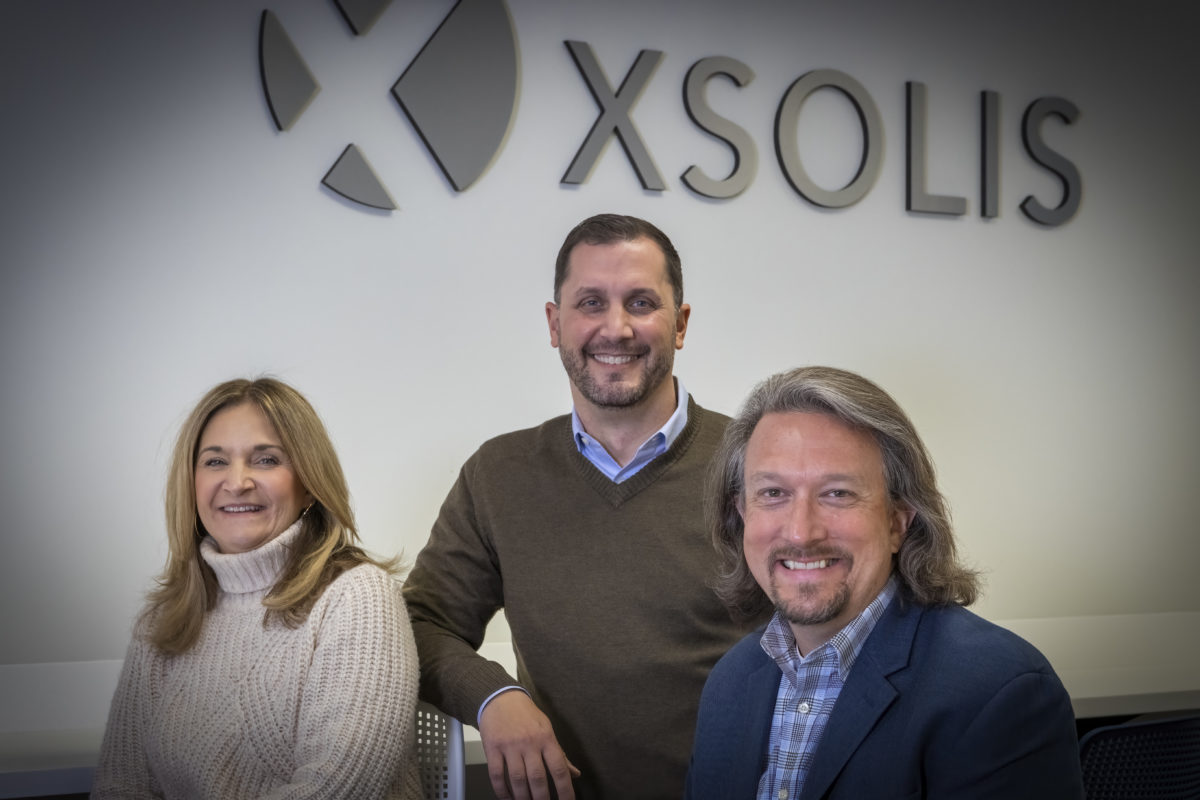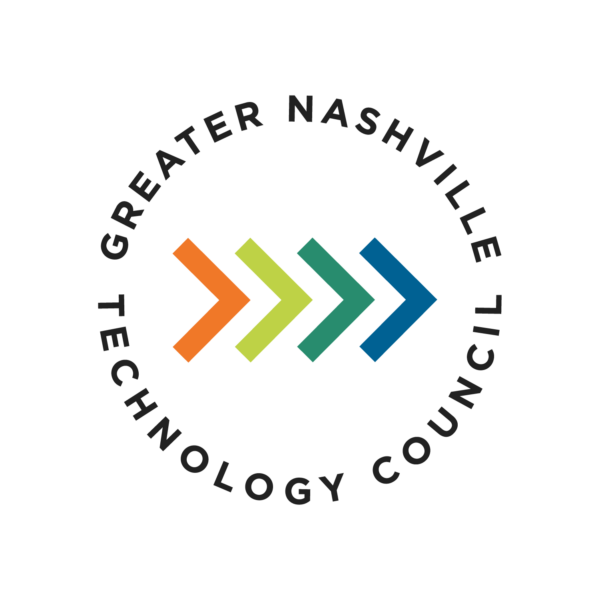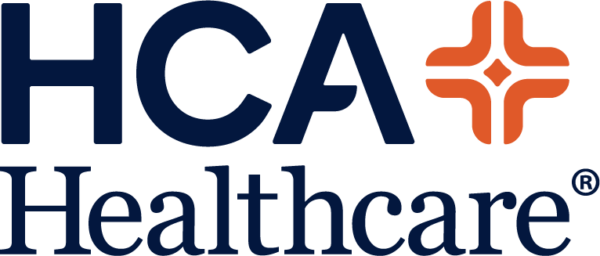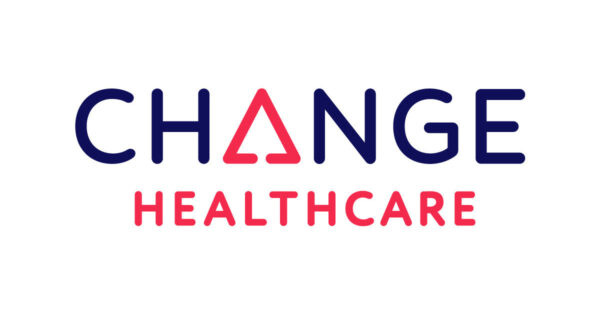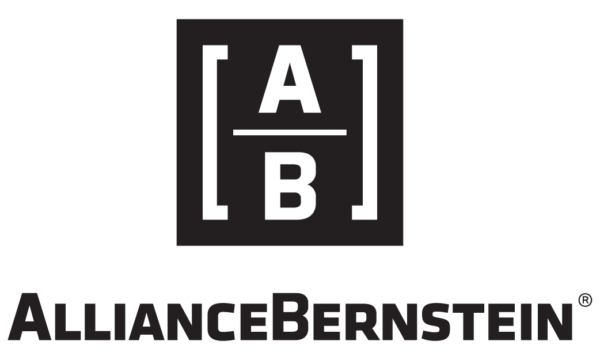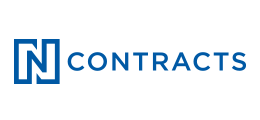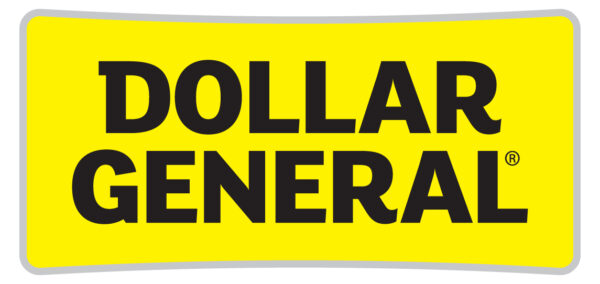Many standalone healthcare facilities go without the luxury of having an in-house data science team. How then, can they take advantage of all of the data produced by the electronic medical records (EMR) of a patient?
Founded in 2013, XSOLIS is a software-as-a-service (SaaS) provider. A technology partner of Humana, the company offers real-time medical necessity analytics to hospital and health plan clients. This processing is powered by artificial intelligence to refine decisions made by people in healthcare that steer a patient’s care.
How is AI Used in Healthcare?
CPO of XSOLIS Paul Cummings explains that the marketing materials of many tech companies vaguely reference AI. He finds that these companies are on the research collecting side of AI. This is in contrast to the more functional side of AI used to perform certain tasks.
“At the core nature of XSOLIS’s DNA, we are founded in applied AI…” he says. “Our entire AI infrastructure is built around ingesting, evaluating, and integrating AI observations and outputs back into workflow.”
Billing its approach as first-of-its-kind, XSOLIS has created the AI-driven platform CORTEX. CORTEX extracts almost all of the clinical data from the EMR of hospital patients. Once this EMR data—including lab results, vital signs, and details of past medical history—is extracted, CORTEX synthesizes that data into a workflow for nurses within the client hospital.
Streamlining the UR Experience for Healthcare Workers
CORTEX is used by healthcare workers for utilization review (UR), which is an important feature in healthcare. UR is aimed at ensuring the care provided to a patient aligns with the services billed. According to industry news site HealthLeaders, “The UR process is necessary to treat patients. Hospitals cannot admit Medicare beneficiaries without a UR plan. The Code of Federal Regulations (42 CFR 456 and 42 CFR 482.30) and the Medicare Benefit Policy Manual provide the guidelines that the hospital and the insurance company must follow (U.S. Government Publishing Office, 2020; Centers for Medicare and Medicaid Services, n.d.).” The UR process can cause friction between different healthcare workers as well as in the relationships between hospitals and health plans.
CORTEX was first offered in 2015 to the provider market, and later became available to the payer market in 2018. This decision was made when XSOLIS determined that an artificial intelligence software might bring everyone in the healthcare industry to the same financial conclusions and outcomes.
Now, users of CORTEX can make more informed decisions regarding insurance reimbursement and hospital revenue. CORTEX helps everyone to stay on the same page, including the healthcare workers defending the recommended patient care, the insurance companies deciding whether or not to pay a claim, and the patient who doesn’t have to face a denied claim or the sluggish appeals process.
Paul explains, “We work backwards from ‘Where are the points in the workflow where AI reduces variation and improves objectivity of decision-making?’” He goes on to say that CORTEX doesn’t do the work for the clinical user. There are some automated actions being done by CORTEX, but really, the software requires a person. Much like an exoskeleton, CORTEX only augments the work that’s already being done.
The Appeal of Working at XSOLIS
XSOLIS has a robust data science team that looks for the latest and greatest in machine learning, neural networks, and other technologies. In 2021, the company has more than 200 employees, and is estimating an employee pool of 300 employees by 2022. More than half of the workers are tech workers, and include teams made of quality assurance personnel, engineers, data scientists, and others. All of these specialists are working at a rapid pace to make sure XSOLIS’s software scales and serves various stakeholders across the healthcare marketplace.
Paul says that one of the things that impressed him when he first signed on to work with the company in 2019 was that it made him feel like he was moving mountains.
“XSOLIS is in the ‘Goldilocks zone’ of growth where it’s one of the most exciting times to be part of a company like this,” he notes. “I think in terms of pace, application of innovation offset against the maturity of processes, and the depth of the technology toolkit, one of the things that’s probably most exciting is where all those things come together.”
When he first interviewed for his job as CPO, Paul got to chat with XSOLIS Co-founder and CEO Joan Butters. He remembers, “I got a sense of inspiration about what was possible, and I got a sense of how direct a contribution I thought I’d be able to make.”
Climbing to New Heights
Companies using AI are explorers. Some get lost in the wilderness. Others chart new territory.
XSOLIS CTO Zach Evans puts this into context for what the company is doing. In AI companies, he says, “You have one of two types of challenges. You either have a solution that’s trying to look for a problem, or you have a solution that’s trying to figure out a way to generate value. Like, you know there’s a ‘there’ there, but you can’t quite put your finger on it. Well, the fun part about what we get to do every day is—we found the problem and we’re using data to solve it. And not only that, but we’re not struggling to find the impact for our customers. If anything, sometimes the customers are pointing out the impact that we haven’t even thought about yet.”
Zach goes on to say that the friction and tension that exists between insurance companies and hospitals stems from a series of “highly subjective interactions.” He likens some of these exchanges to an argument for the sake of having an argument, which produces ugly exchanges and costly administrative overhead.
However, as the use of XSOLIS’s software has demonstrated, this doesn’t have to be the case. Regarding the improvement of relationships between those serving the client, Zach says, “Sometimes it manifests itself in this improved kind of contractual relationship between a hospital and insurance company. But other times, it’s literally where we’ll have a director of case management from a hospital and we’ll have their counterpart of the insurance company literally hugging it out because they don’t have to fight any more.”
Paul and Zach estimate that the eagerness of traditional healthcare organizations to work with AI will increase in the coming years. Both men consider themselves fortunate to be working for a company like XSOLIS, with Paul saying that having a company login is like being in a candy store.
For the future, the company is working on new ways of creating value for its clients, including additional channels of technology to further enhance the workflow of CORTEX.
For further information about XSOLIS be sure to visit its website and social media.
